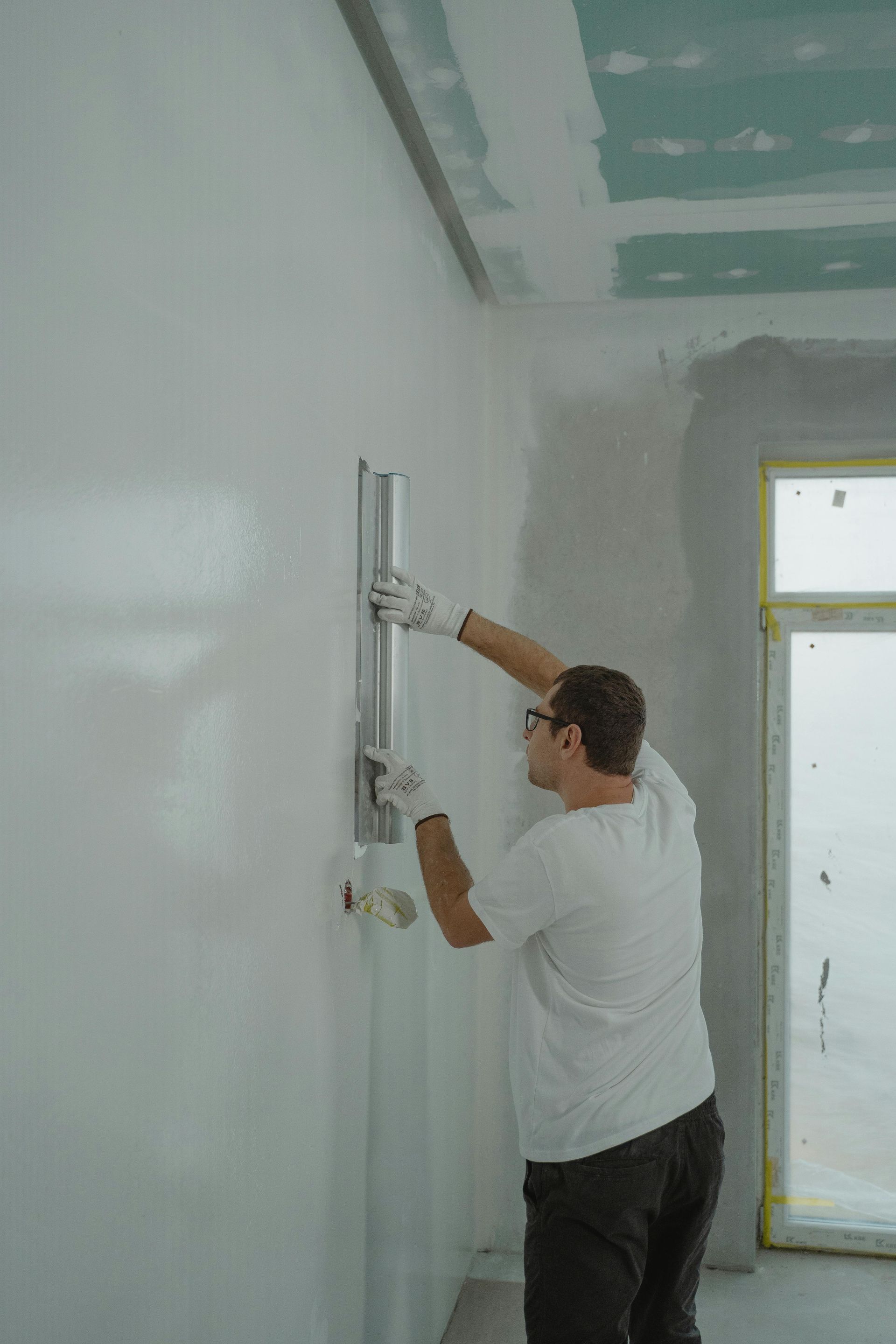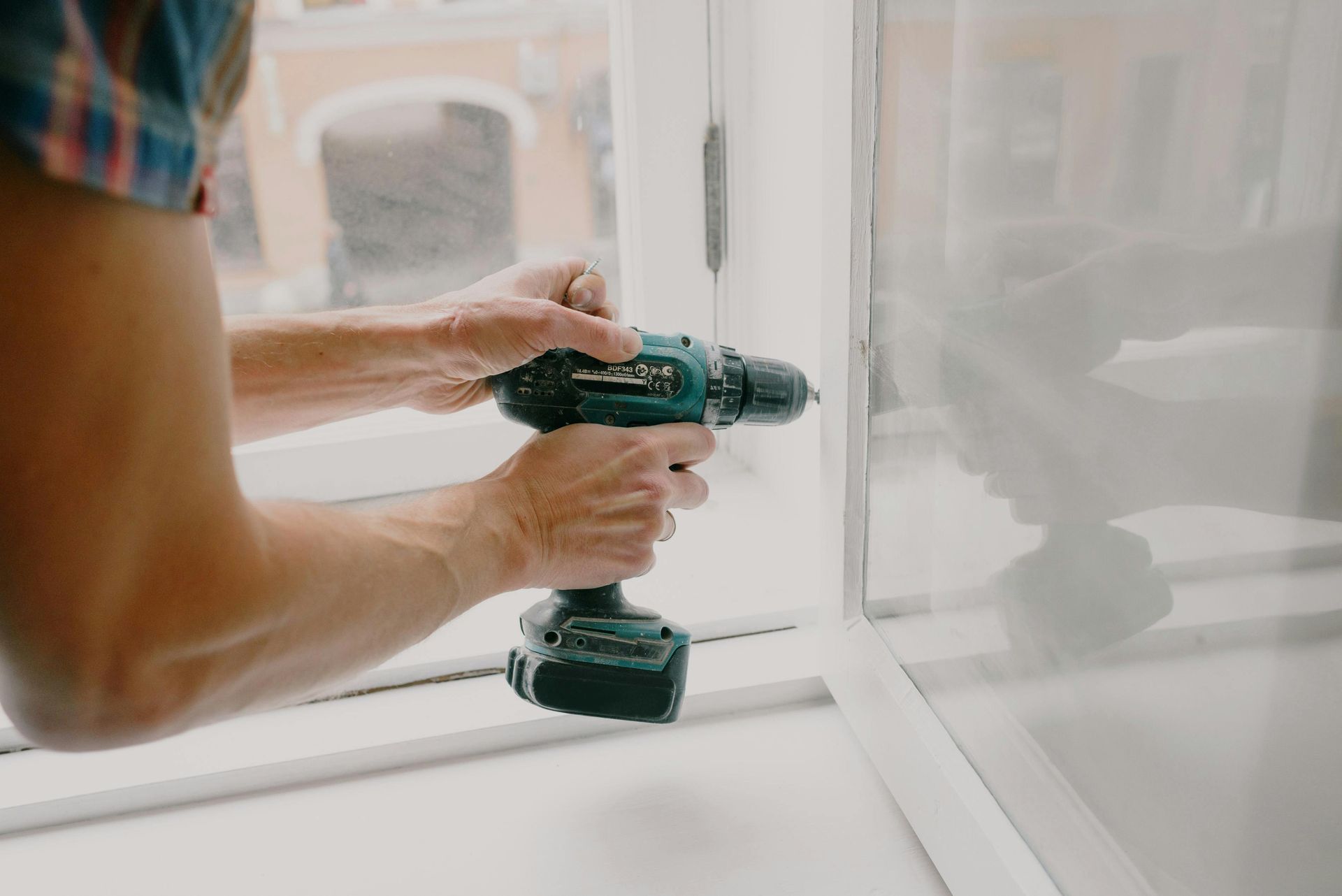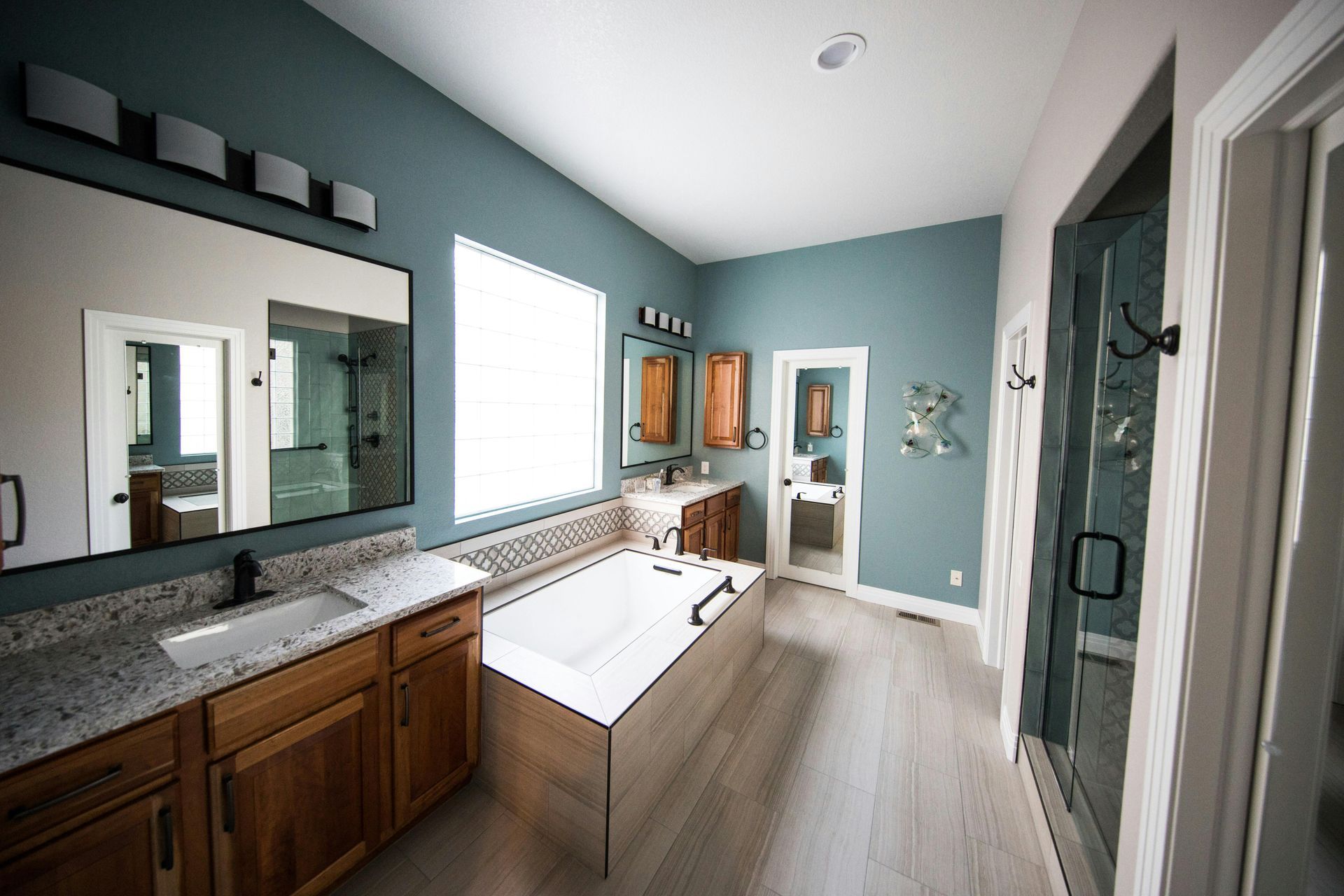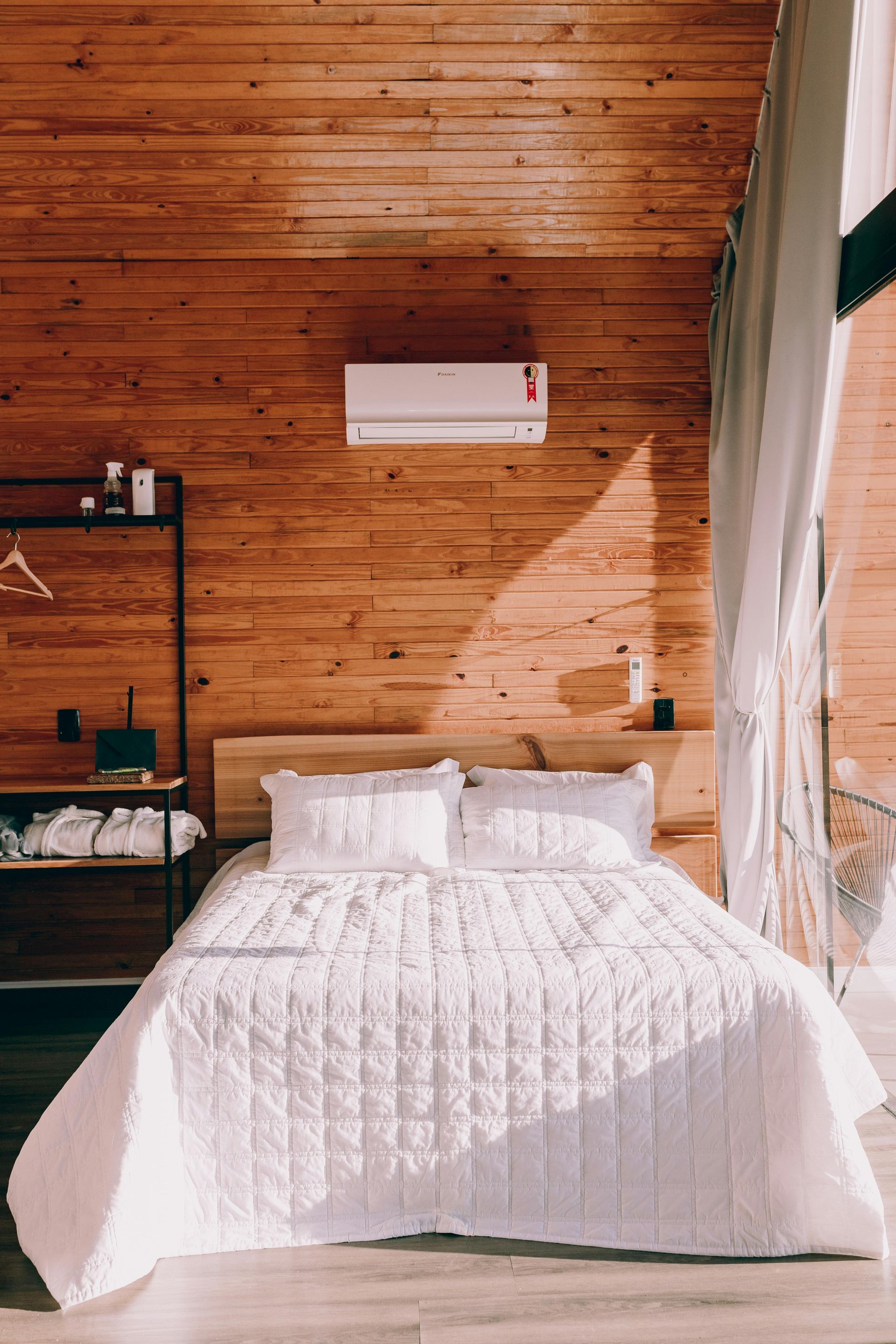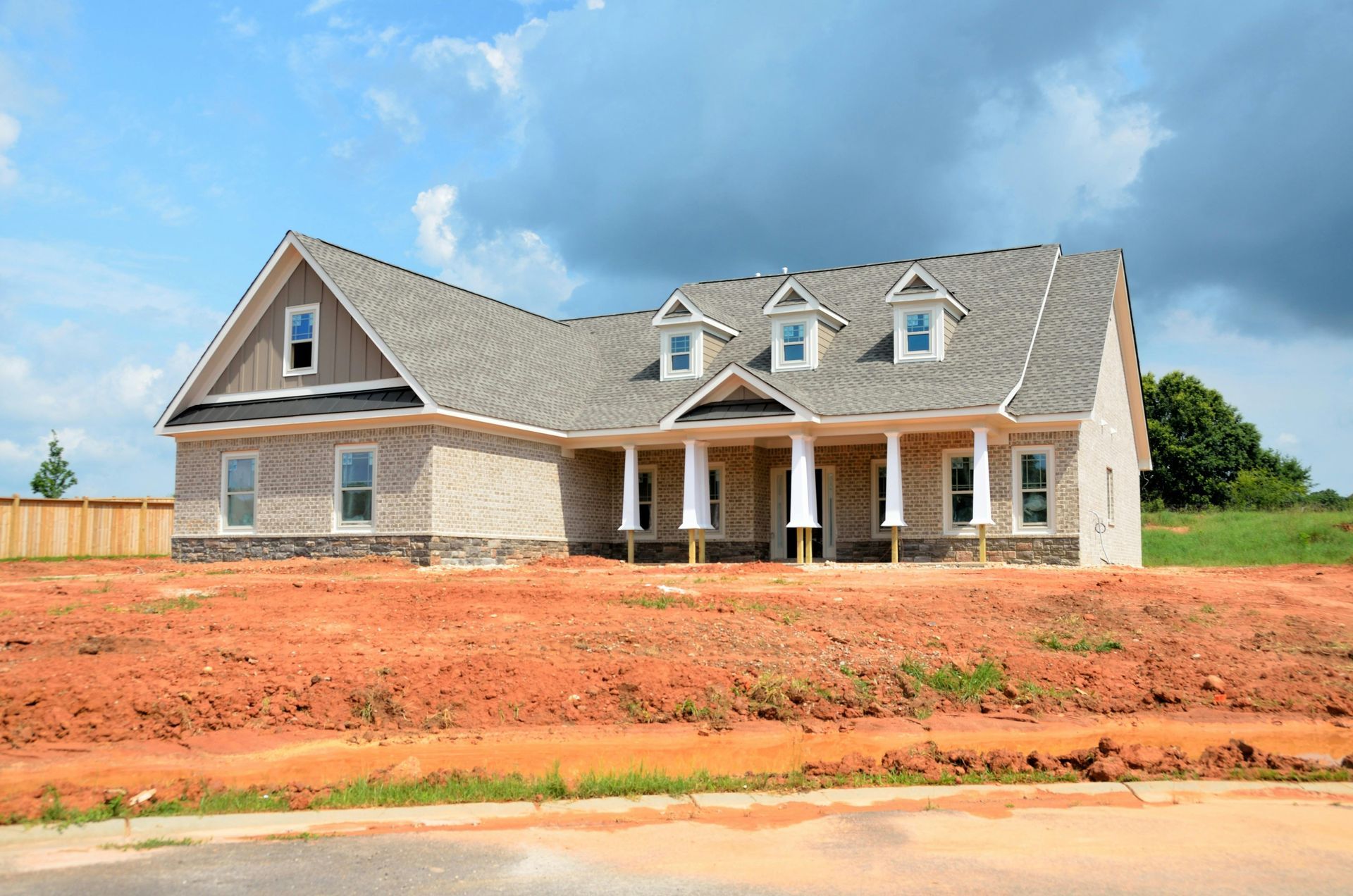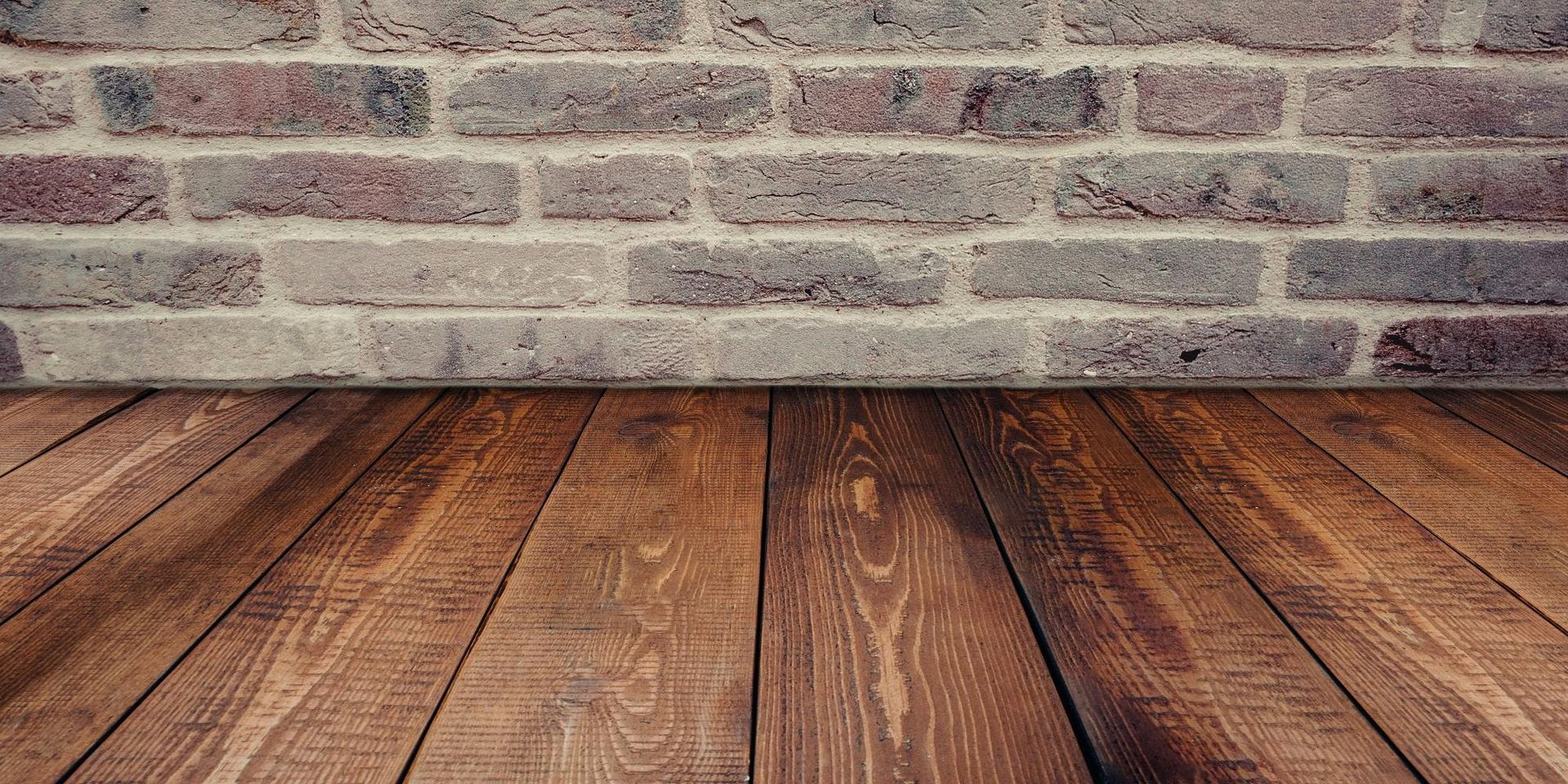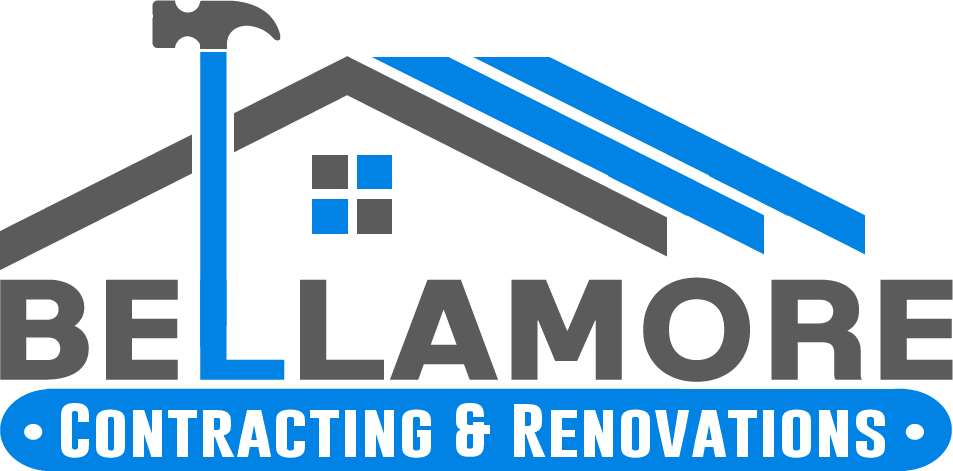Licensed (#RBC-21-01654) & Insured
Local References Available Upon Request
Licensed (#RBC-21-01654) & Insured | Local References Available Upon Request
Elevating Interiors with Design That Blends Style and Function
Interior design is more than just arranging furniture and selecting paint colors; it is a thoughtful process that merges creativity with practicality to create environments that enhance both form and function. A well-designed space can improve the way people live, work, and interact while reflecting their unique style and needs. Whether designing a cozy home retreat, an elegant commercial space, or a high-energy office, interior design plays a crucial role in shaping experiences and optimizing usability.
Understanding the Core Principles of Interior Design
At the heart of every successful interior design project is a deep understanding of harmony and balance. These elements ensure that a space feels cohesive and visually pleasing. A well-balanced room distributes colors, textures, and furniture in a way that avoids clutter and promotes a sense of tranquility. Whether through symmetrical arrangements or asymmetrical designs that create movement, balance is key in making a space feel comfortable and functional.
Functionality is just as important as aesthetics. A beautifully designed space should also serve a purpose and enhance everyday living. Thoughtful layouts that consider traffic flow, storage solutions, and accessibility make a room more practical and enjoyable. Interior designers work closely with clients to ensure that their spaces not only look great but also improve efficiency and convenience.
Lighting is a powerful element in interior design. It sets the mood, highlights architectural details, and enhances the overall ambiance. Natural light makes a space feel open and airy, while artificial lighting can be used strategically to create different atmospheres. Task lighting improves functionality in workspaces, ambient lighting provides warmth, and accent lighting highlights focal points such as artwork or architectural features.
Texture and materials bring depth and character to a space. The contrast between smooth surfaces like glass and textured elements such as natural wood creates visual interest and adds dimension. Layering different materials—from soft fabrics to industrial metals—helps define a space and makes it feel dynamic and inviting.
Personalization is what truly transforms a house into a home or a commercial space into a brand statement. Infusing personal touches, whether through artwork, heirloom furniture, or custom pieces, makes an interior feel unique and meaningful. Interior designers carefully consider the preferences, lifestyle, and personality of their clients to ensure that the final result feels authentic and personalized.
Key Areas of Focus in Interior Design
Living spaces serve as the heart of the home, where families gather, entertain guests, and relax. Designing a living room requires a balance between comfort and style. Sofas, coffee tables, and area rugs should create a cozy environment while maintaining a visually appealing layout. Smart storage solutions help keep the space tidy, while carefully chosen decor adds warmth and character.
Kitchens and dining areas are central to daily life. Modern kitchens emphasize efficiency with well-organized cabinetry, intuitive layouts, and high-quality appliances. Kitchen islands double as prep areas and social hubs, while dining spaces benefit from thoughtful lighting and comfortable seating that encourage connection and conversation.
Bedrooms should be designed as sanctuaries that promote rest and relaxation. The right color palette, soft textiles, and strategic lighting all contribute to a peaceful environment. Creating a clutter-free space with built-in storage and well-chosen furniture helps make the bedroom a retreat from the outside world.
Bathrooms are increasingly being designed as spa-like retreats. From walk-in showers and soaking tubs to elegant vanities and ambient lighting, every detail plays a role in creating a relaxing yet functional space. Natural materials like stone and wood add warmth, while sleek fixtures provide a modern touch.
Workspaces and home offices have become essential in today’s world. A well-designed office should promote productivity and organization while maintaining comfort. Proper lighting, ergonomic furniture, and effective storage solutions make a workspace both functional and visually appealing. For commercial spaces, interior design extends beyond aesthetics to influence branding and customer experiences.
Commercial interior design plays a critical role in shaping businesses. From offices and retail spaces to hospitality and healthcare environments, the design of a commercial space impacts employee well-being, customer impressions, and overall efficiency. Thoughtfully designed interiors align with brand identity and enhance the functionality of the space.
Choosing the Right Design Style
Interior design styles range from modern and minimalist to classic and traditional, each offering a unique aesthetic. Modern and minimalist designs focus on simplicity, clean lines, and neutral color palettes, often incorporating sleek materials like glass and steel. This style is perfect for those who appreciate a clutter-free and streamlined look.
Classic and traditional interiors emphasize rich textures, ornate details, and timeless elegance. This style often features warm colors, wood accents, and sophisticated furnishings that create a sense of grandeur and comfort.
Industrial and urban chic styles embrace raw materials such as exposed brick, concrete, and metal, often incorporating open floor plans and bold lighting fixtures. These spaces exude an edgy yet functional appeal, perfect for loft apartments and creative workspaces.
Bohemian and eclectic designs celebrate individuality with layered textures, vibrant colors, and diverse patterns. Mixing vintage and contemporary elements, this style creates a personalized and artistic atmosphere that feels inviting and expressive.
Scandinavian design is known for its simplicity, functionality, and use of natural elements. Light wood, neutral tones, and minimalist furniture create a clean and cozy aesthetic that prioritizes both beauty and practicality.
Luxury and high-end interiors elevate design with premium materials, statement pieces, and refined details. From marble countertops to designer lighting, this style focuses on sophistication and exclusivity, making a space feel upscale and elegant.
The Power of Color Psychology in Interior Design
Color plays a significant role in influencing mood and perception within a space. Warm tones such as reds, oranges, and yellows evoke energy and warmth, making them ideal for social areas. Cooler tones like blues and greens create a calming effect, perfect for bedrooms and relaxation zones. Neutral palettes offer versatility and timeless appeal, allowing for easy updates and flexibility in design choices. Thoughtful color selection enhances the overall atmosphere of a space and contributes to its intended function.
Incorporating Smart Technology into Interior Design
Technology is revolutionizing interior design by enhancing convenience, security, and energy efficiency. Smart lighting systems allow homeowners to adjust brightness and color temperature to match different moods and activities. Automated window treatments provide both privacy and energy savings, while smart climate control systems optimize comfort and reduce energy consumption. Voice-activated assistants and integrated home automation platforms create seamless and modern living experiences.
Budgeting for an Interior Design Project
Understanding costs and planning a budget are essential steps in any interior design project. Factors such as materials, furniture, labor, and custom features all contribute to overall expenses. Knowing when to invest in high-quality pieces and when to find cost-effective alternatives helps maintain financial balance. While DIY projects can offer savings, working with a professional interior designer ensures that the final result is cohesive, functional, and well-executed.
Trends and Innovations in Interior Design
Sustainability is a growing trend in interior design, with eco-friendly choices becoming increasingly popular. Recycled materials, energy-efficient appliances, and non-toxic paints contribute to environmentally conscious living spaces. Multi-functional furniture is another innovation that maximizes space in smaller homes and apartments, offering flexible solutions for urban living.
Biophilic design, which incorporates natural elements into interiors, is gaining momentum. Indoor plants, natural wood finishes, and abundant natural light create a connection to nature, improving air quality and overall well-being. Vintage revival is also making a comeback, with classic styles being reinterpreted with modern updates for a fresh yet nostalgic appeal.
Bringing Your Vision to Life
Interior design has the power to transform spaces into places that reflect personality, enhance functionality, and create lasting impressions. Whether revamping a single room or undertaking a full-scale renovation, working with an experienced designer ensures that every detail is thoughtfully curated. By blending aesthetics with practicality, interior design creates environments that inspire, comfort, and elevate everyday living. Investing in professional design services allows homeowners and businesses to achieve a space that is not only visually stunning but also perfectly tailored to their needs and aspirations.



